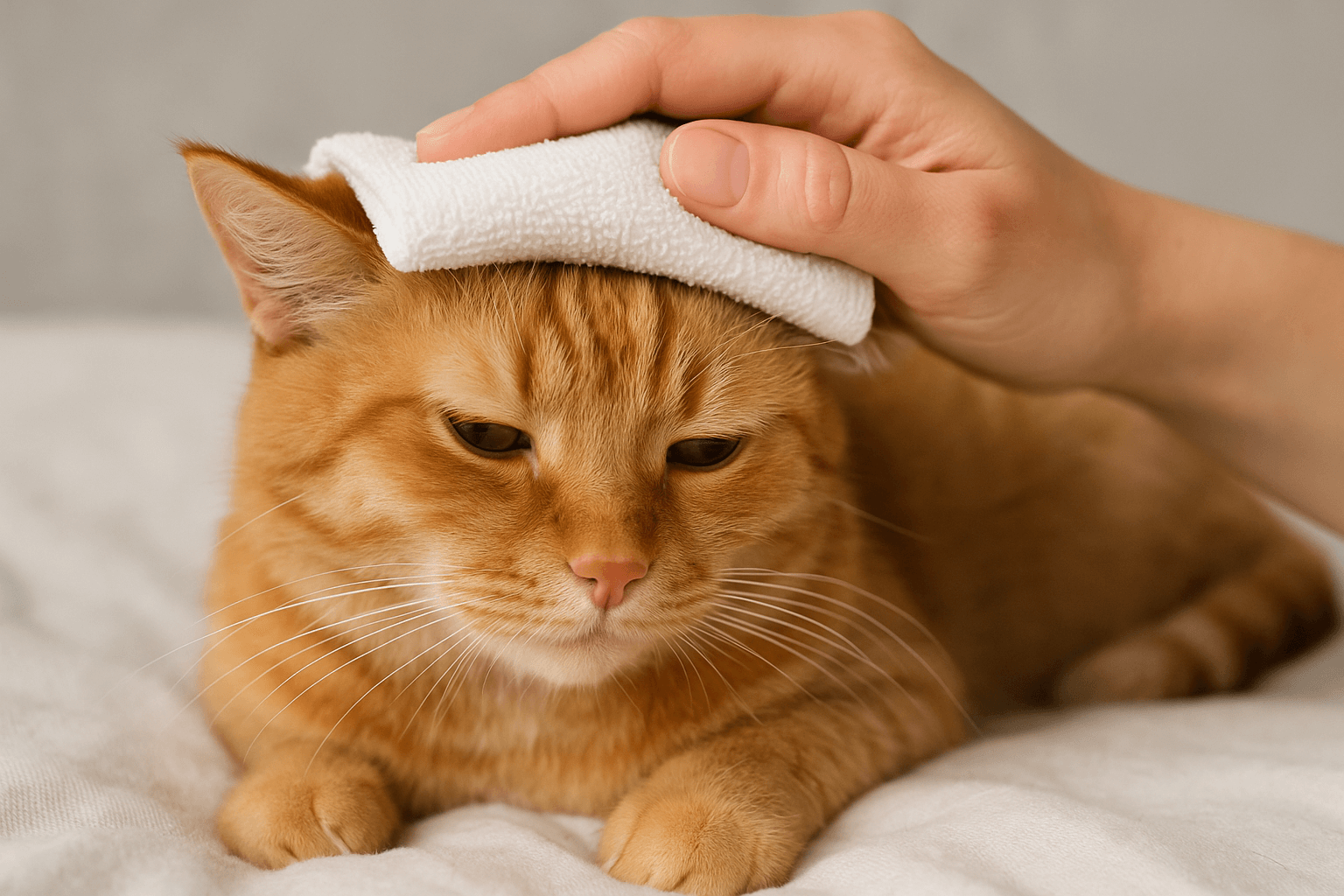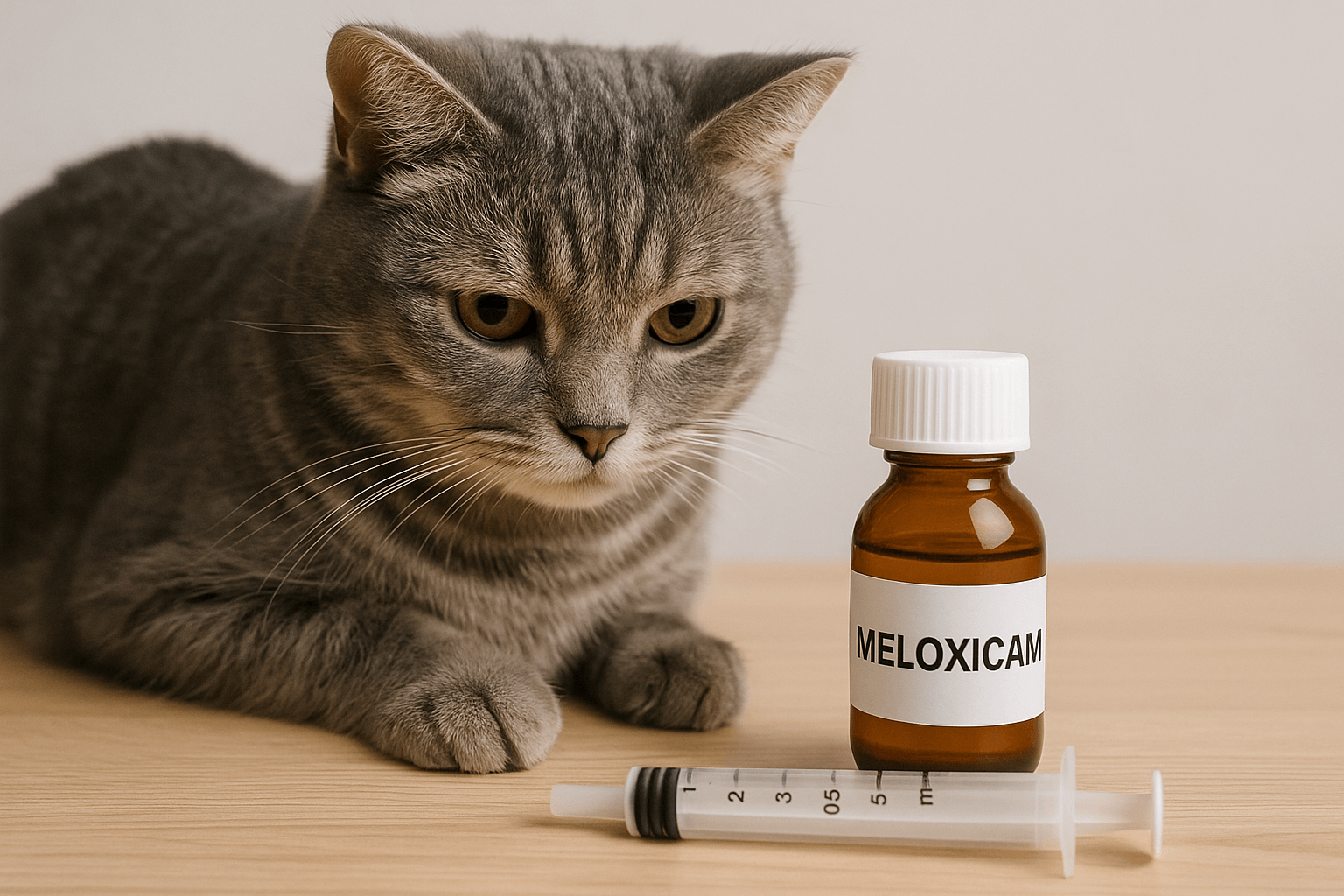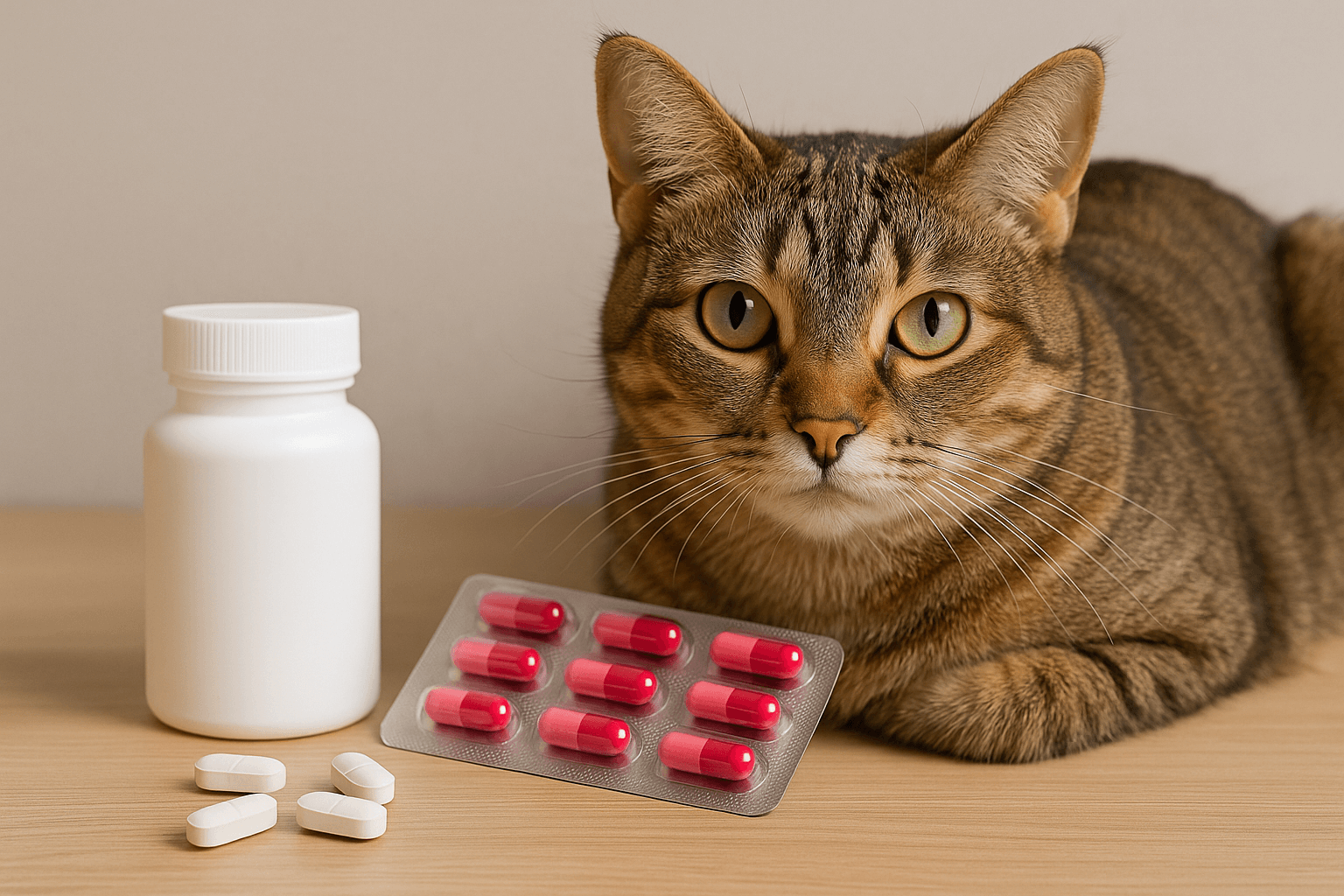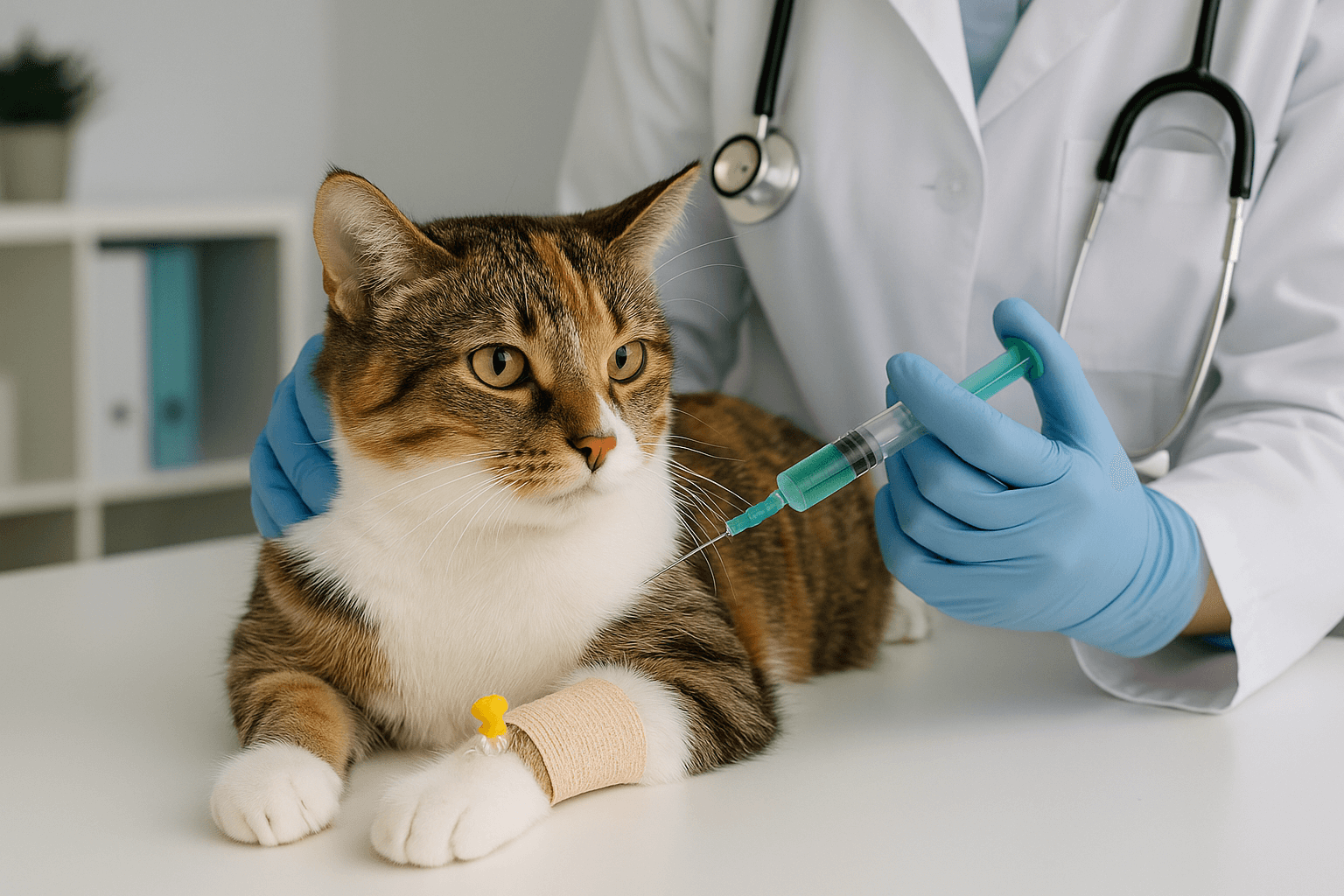Can Cats Eat Pumpkin? A Nutritious Treat or Potential Risk?
Pumpkin is often hailed as a superfood for humans, but can cats enjoy this vibrant orange squash too? Many pet owners wonder whether pumpkin is safe and beneficial for their feline companions. The good news is that pumpkin can indeed be a healthy addition to your cat’s diet when prepared and served correctly. Rich in fiber, vitamins, and moisture, it offers several health benefits, especially for digestive issues. However, there are important considerations to keep in mind to ensure your cat’s safety and well-being. In this blog post, we’ll explore everything you need to know about feeding pumpkin to your cat, from its nutritional advantages to potential risks and proper preparation methods.
Health Benefits of Pumpkin for Cats
Pumpkin is more than just a seasonal favorite—it’s packed with nutrients that can support your cat’s overall health. Here are some of the key benefits of incorporating pumpkin into your cat’s diet.
Supports Digestive Health:
The high fiber content in pumpkin helps regulate bowel movements, making it effective for both constipation and diarrhea.Aids in Hydration:
Pumpkin is naturally rich in water, which can help keep your cat hydrated, especially if they don’t drink enough water.Promotes Weight Management:
The fiber in pumpkin can make your cat feel fuller for longer, helping to manage their weight without adding extra calories.Rich in Essential Nutrients:
Pumpkin contains vitamins A, C, and E, as well as potassium, which support immune function, vision, and overall vitality.Helps with Hairball Control:
The fiber in pumpkin can assist in moving hairballs through the digestive tract, reducing discomfort and regurgitation.
When fed in moderation, pumpkin can be a simple yet effective way to boost your cat’s health naturally.
How to Safely Feed Pumpkin to Your Cat
While pumpkin is generally safe for cats, it’s crucial to prepare and serve it properly to avoid any adverse effects. Follow these guidelines to ensure your cat enjoys pumpkin safely.
Choose Plain, Unsweetened Pumpkin:
Always opt for pure canned pumpkin or fresh pumpkin—avoid pumpkin pie filling, which contains sugar and spices harmful to cats.Limit Portion Sizes:
Start with small amounts, such as ½ to 1 teaspoon for kittens and 1 to 2 teaspoons for adult cats, to prevent digestive upset.Introduce Gradually:
Mix a small amount of pumpkin into your cat’s regular food to allow their system to adjust before increasing the quantity.Avoid Added Ingredients:
Never add salt, sugar, or other seasonings, as these can upset your cat’s stomach or cause long-term health issues.Monitor for Allergic Reactions:
Watch for signs of allergies, such as vomiting, diarrhea, or itching, and consult your vet if any symptoms occur.
By following these tips, you can safely incorporate pumpkin into your cat’s diet without compromising their health.
Check this guide 👉Can Cats Eat Onions? Best 7 Expert Tips!
Check this guide 👉Can Cats Eat Catnip? Best 7 Expert Tips!
Check this guide 👉Can Cats Eat Dried Fruit? Best 7 Expert Tips!
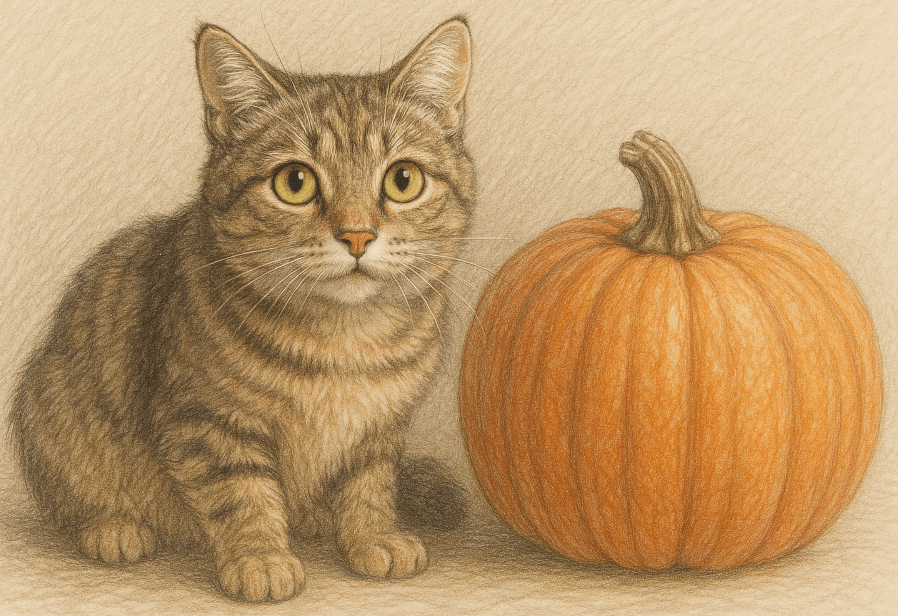
Benefits of Feeding Pumpkin to Cats | Risks of Improper Pumpkin Consumption |
|---|---|
Supports digestive health | Overfeeding can lead to diarrhea |
Helps with hydration | Spices and additives may harm your cat |
Aids in weight management | Large portions can cause stomach upset |
Reduces hairball-related issues | Feeding raw pumpkin seeds can be risky |
Rich in essential vitamins and minerals | Unripe or moldy pumpkin is unsafe |
Signs Your Cat May Benefit from Pumpkin
If your cat is experiencing certain health issues, pumpkin might be a helpful dietary addition. Look out for these signs that indicate your cat could benefit from this nutritious treat.
Frequent Constipation:
If your cat strains to defecate or passes hard stools, pumpkin’s fiber content can help soften their stool.Loose Stools or Diarrhea:
The soluble fiber in pumpkin absorbs excess water in the digestive tract, firming up loose stools.Hairball Problems:
Cats prone to frequent hairball regurgitation may find relief with pumpkin’s fiber-rich properties.Dehydration Symptoms:
Signs like dry gums or infrequent urination suggest dehydration, which pumpkin’s high water content can help address.Weight Gain Concerns:
If your cat is overweight, pumpkin’s low-calorie, high-fiber profile can aid in portion control and satiety.
Recognizing these signs allows you to use pumpkin as a natural remedy to improve your cat’s well-being.
Common Mistakes to Avoid When Feeding Pumpkin
While pumpkin is generally safe, mistakes in preparation or portioning can lead to unintended consequences. Avoid these common errors to ensure your cat’s safety.
Feeding Too Much at Once:
Overfeeding pumpkin can overwhelm your cat’s digestive system, leading to diarrhea or bloating.Using Sweetened or Spiced Varieties:
Ingredients like cinnamon, nutmeg, or sugar found in pumpkin pie filling are toxic to cats and should be avoided.Offering Raw Pumpkin Seeds:
While plain roasted seeds are safe in small amounts, raw seeds can pose choking hazards or cause digestive blockages.Neglecting Allergies or Sensitivities:
Some cats may have sensitivities to pumpkin; always monitor for adverse reactions after introducing it.Replacing Balanced Meals Entirely:
Pumpkin should complement—not replace—a balanced diet designed to meet your cat’s nutritional needs.
By avoiding these pitfalls, you can ensure your cat enjoys the benefits of pumpkin safely and effectively.
Alternative Uses for Pumpkin in Cat Care
Beyond dietary supplementation, pumpkin can be incorporated into various aspects of cat care creatively. These alternative uses highlight its versatility.
DIY Cat Treat Recipes:
Combine pureed pumpkin with cat-safe ingredients like chicken broth to create homemade treats your cat will love.Encouraging Picky Eaters:
Mixing pumpkin into bland food can entice finicky cats to eat by enhancing flavor and texture.Natural Remedy for Mild Upset Stomachs:
A small amount of pumpkin can soothe mild digestive discomfort without needing medication.Hydration Boost for Wet Food:
Stirring pumpkin into wet food adds moisture, helping cats stay hydrated during dry seasons.Seasonal Enrichment Activity:**
Letting your cat explore a hollowed-out pumpkin (without seeds) can provide mental stimulation and sensory enrichment.
Exploring these creative uses ensures your cat benefits from pumpkin in multiple ways.
Nutritional Comparison: Fresh vs. Canned Pumpkin
Both fresh and canned pumpkin offer nutritional value, but each has unique pros and cons. Understanding the differences helps you decide which option suits your needs best.
Fresh Pumpkin:
Requires peeling, cooking, and pureeing but allows full control over preparation.Canned Pumpkin:
Convenient and pre-cooked, saving time while ensuring consistency in texture and nutrient content.Vitamin Retention:
Canned pumpkin retains most of its nutrients due to minimal processing compared to boiling fresh pumpkin.Portion Control:
Canned pumpkin comes in measured quantities, reducing waste and simplifying portioning.Cost Considerations:
Fresh pumpkin is often cheaper per serving but requires more effort to prepare, whereas canned options are ready-to-use.
Choosing between fresh and canned depends on convenience and personal preference.
Signs Your Cat Doesn’t Like Pumpkin
Not all cats enjoy pumpkin, and recognizing their preferences ensures you don’t force them to eat something they dislike. Here are signs your cat may not be fond of pumpkin.
Refusal to Eat Mixed Food:
If your cat avoids meals containing pumpkin, it’s likely they don’t enjoy the taste or texture.Nasal Sniffing or Turning Away:
Cats often sniff new foods before eating—if they turn away, it indicates disinterest.Regurgitation After Eating:
Vomiting shortly after consuming pumpkin suggests intolerance or aversion.Lack of Interest in Treats:
If pumpkin-based treats remain untouched, your cat may prefer other flavors.Behavioral Changes:
Hiding or avoiding mealtime altogether can signal dissatisfaction with the inclusion of pumpkin.
Respecting your cat’s preferences ensures a positive relationship with food.
Frequently Asked Questions About Feeding Pumpkin to Cats
Is canned pumpkin safe for cats?
Yes, plain canned pumpkin is safe and beneficial for cats, provided it doesn’t contain added sugars or spices.
Can kittens eat pumpkin?
Yes, kittens can eat small amounts of pumpkin, but introduce it gradually and in moderation to avoid digestive upset.
How much pumpkin should I feed my cat?
Start with ½ to 1 teaspoon for kittens and 1 to 2 teaspoons for adult cats, adjusting based on their response.
Can pumpkin help with hairballs?
Yes, the fiber in pumpkin aids in moving hairballs through the digestive tract, reducing regurgitation.
What should I do if my cat has an allergic reaction?
Stop feeding pumpkin immediately and consult your veterinarian for guidance on managing symptoms.
Incorporating Pumpkin into Your Cat’s Diet Responsibly
Pumpkin is a versatile and nutritious addition to your cat’s diet, offering numerous health benefits when used appropriately. From aiding digestion to supporting hydration and weight management, this humble squash can enhance your cat’s well-being naturally. However, it’s essential to feed pumpkin in moderation, choose the right type, and monitor your cat’s response closely. By understanding its benefits and limitations, you can harness the power of pumpkin to keep your feline friend happy and healthy. Remember, a little goes a long way—so start small and let your cat reap the rewards responsibly.
Cat Fever Treatment: Best 7 Expert Tips! Discover expert advice on identifying, managing, and treating fever in cats to ensure their quick recovery and well-being.
Understanding Meloxicam for Cats: Best 7 Expert Tips! Learn how to safely administer meloxicam, manage side effects, and ensure your cat's comfort with expert advice on feline pain relief.
Amoxicillin for Cat UTI: Best 7 Expert Tips! Discover safe usage, dosage guidelines, and expert advice on treating feline urinary tract infections effectively with amoxicillin.
Understanding Cat Cancer Treatment: Best 7 Expert Tips! Discover expert advice on managing feline cancer, from early detection to treatment options, ensuring your cat’s health and comfort.

